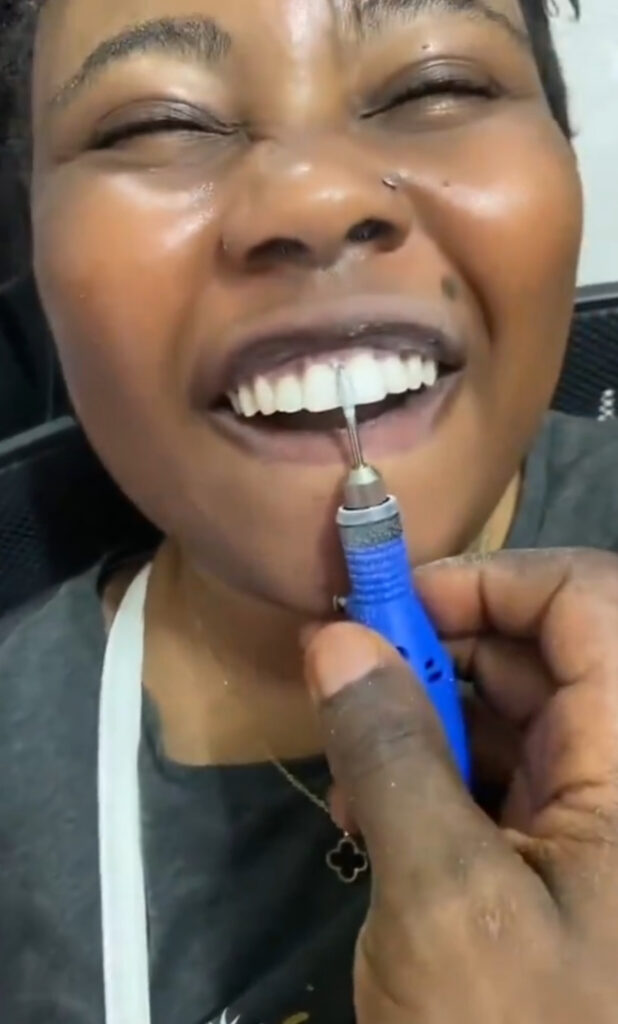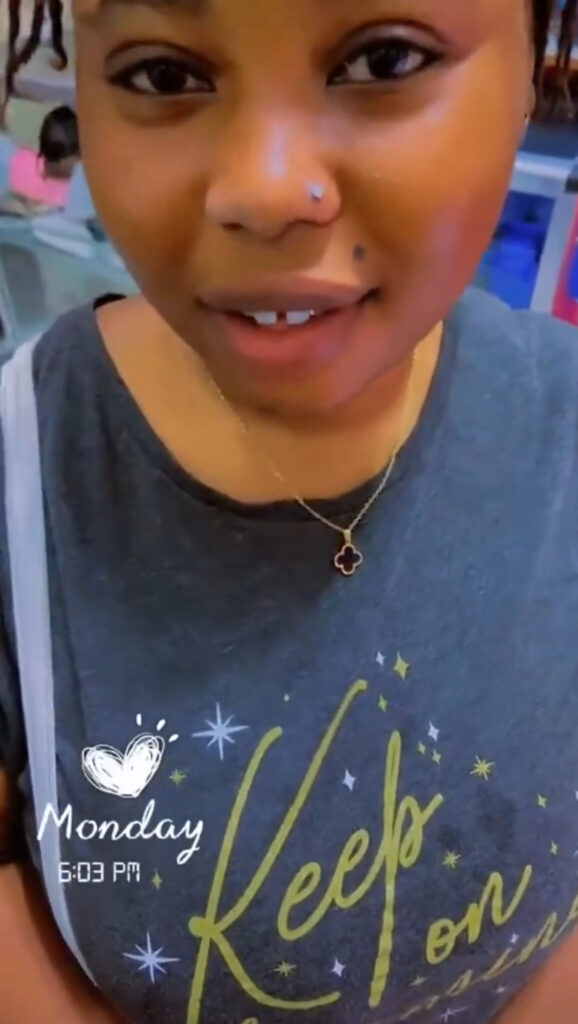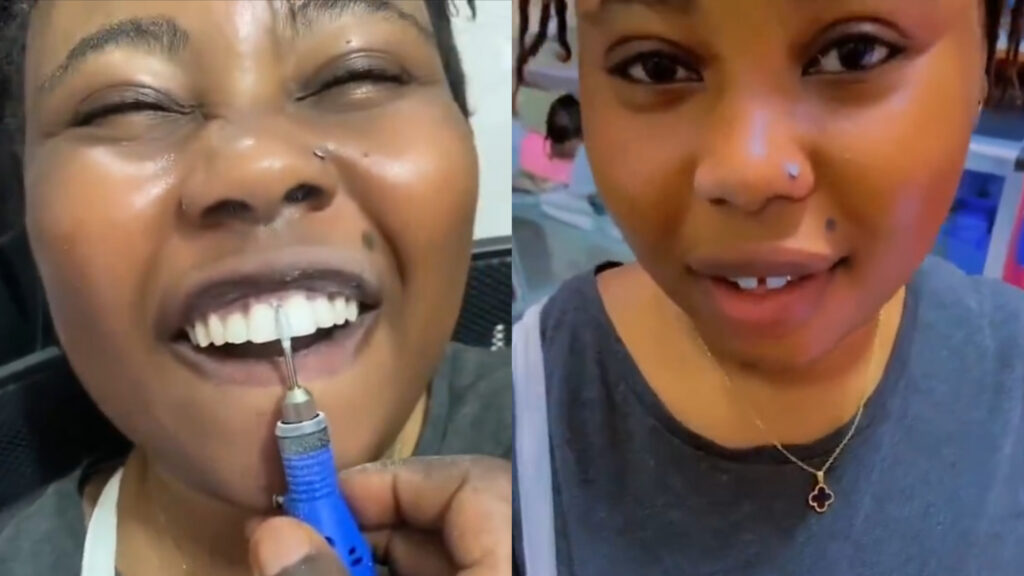In a fascinating trend gaining traction, many Nigerian women are using tools to create gaps between their central incisors.

This practice is rooted in the belief that a gap-toothed smile is highly attractive to men. The video showcasing this trend has sparked widespread interest and discussion on social media.
Creating a Gap for Attraction

The “space between their teeth,” highlights a unique beauty standard. Many women believe that a gap-toothed smile enhances their attractiveness, as it is seen as a desirable trait by many men. Using various tools, they create these gaps to achieve the look they desire. This practice, while unconventional, has a significant cultural and social impact.
Reactions to the Video
- @beautyenthusiast: “This is amazing! Embracing unique beauty standards is so empowering!”
- @culturalpride: “Love how our culture influences beauty trends. Gap teeth are beautiful!”
- @healthconcern: “This trend could be harmful. Dental health should come first!”
- @traditionalist: “Not a fan of altering natural features for beauty trends.”
- @observer: “Interesting to see different beauty standards around the world.”
- @curiousmind: “Would love to learn more about the history behind this trend.”
Historical and Cultural Context
The practice of altering dental appearance is not new and has been seen in various cultures worldwide. In Nigeria, the gap-toothed smile has long been considered a sign of beauty and good fortune. Historically, this practice can be traced back to different regions where it symbolized various cultural values.
Dental Health Considerations

While the trend is culturally significant, it is essential to consider dental health. Dentists often warn against self-altering teeth as it can lead to potential health issues. Professional advice and safe practices should always be prioritized to avoid long-term damage.
Conclusion
This trend highlights the diverse standards of beauty and how they influence practices within different cultures. As this video continues to gain attention, it sparks essential conversations about cultural beauty standards and the importance of maintaining health while embracing them.
Sources for More Information:














